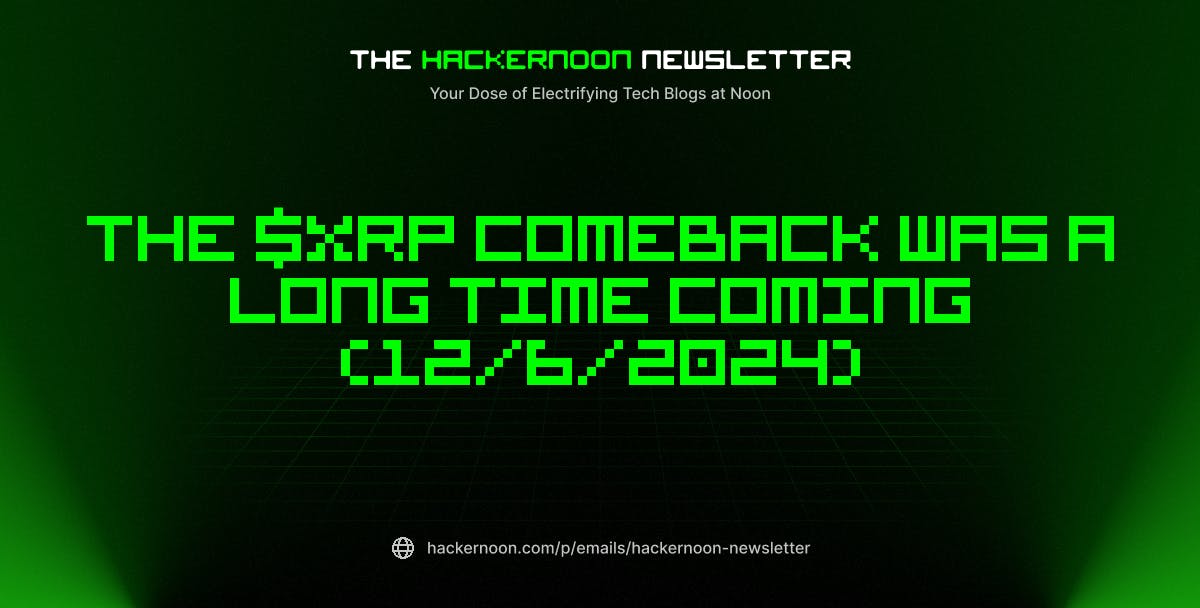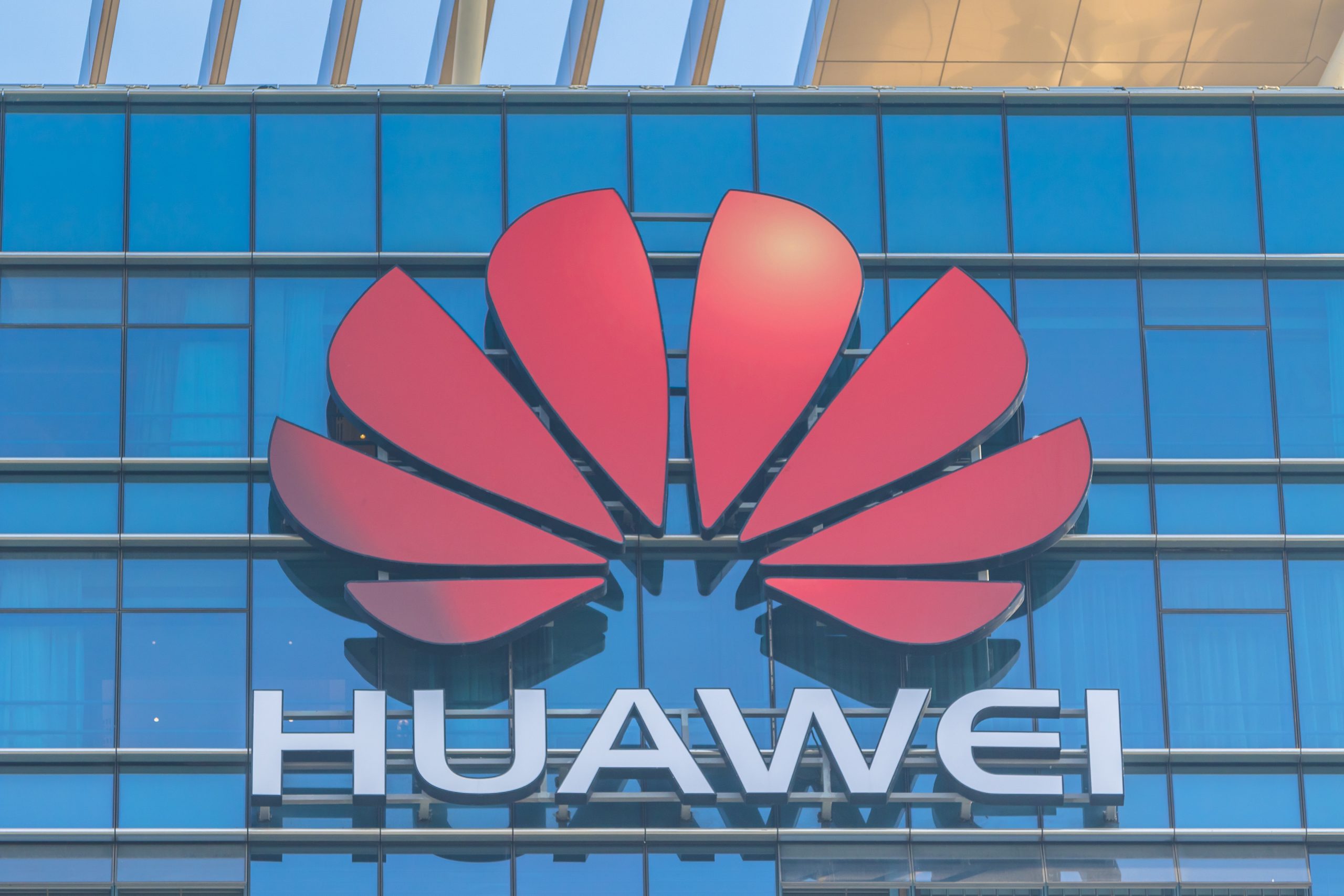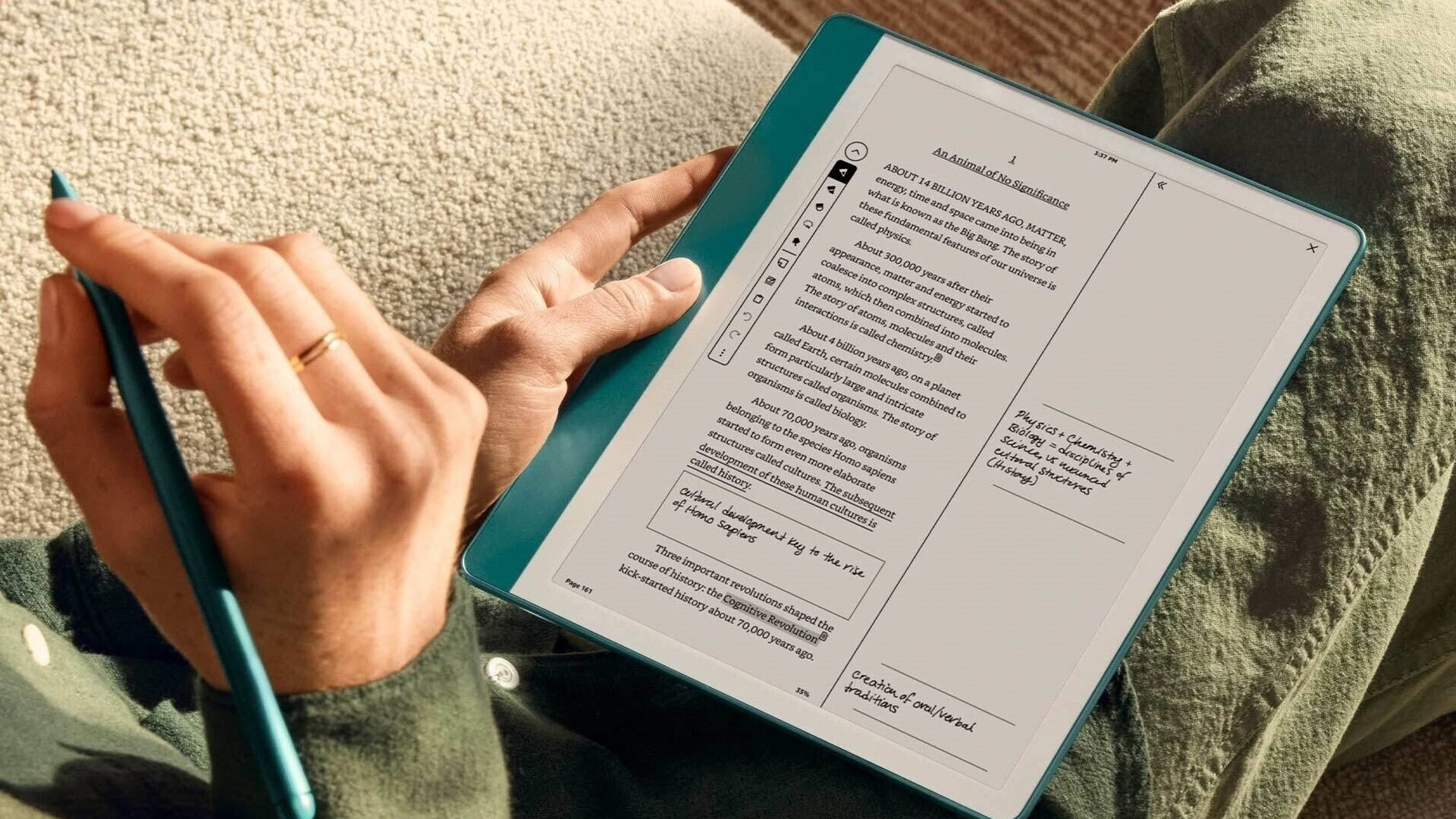image:
Screenshot of the BioImage.IO chatbot interface.
display more
Credit: UC3M
Scientists from Universidad Carlos III de Madrid (UC3M), together with a research team from Ericsson and the KTH Royal Institute of Technology in Sweden, have developed an artificial intelligence-based software program that can search for information and make recommendations for biomedical image analysis. This innovation streamlines the work of individuals using large databases of bioimages, including life science researchers, workflow developers, and biotech and pharmaceutical companies.
The new assistant, called the BioImage.IO Chatbot, was introduced in the magazine Nature methodswas developed in response to the problem of information overload that some researchers face. “We realized that many scientists have to process large amounts of technical documentation, which can become a tedious and overwhelming task,” explains Caterina Fuster Barceló, researcher at UC3M’s Department of Bioengineering and one of the authors of the study. “Our goal was to facilitate access to data information while providing a simple interface that allows scientists to focus their time on bioimage analysis rather than programming,” she adds.
The chatbot can be a very useful tool, allowing researchers to perform complex image analysis tasks in a simple and intuitive way. For example, if a researcher needs to process microscopy images using segmentation models, the chatbot can help select and run the right model.
The assistant is based on extensive language models and uses a technique called Retrieval-Augmented Generation (RAG), which enables real-time access to databases. “The big advantage is that we do not train the model with specific information; instead, we pull it from up-to-date sources, minimizing errors known as ‘hallucinations’, which are common inaccuracies in other AI models such as ChatGPT,” adds Arrate Muñoz Barrutia, professor at the Department of Bioengineering at UC3M and another author of the study. “This ensures that the user receives truthful and contextualized information, which is the most important thing for us.”
The BioImage.IO Chatbot has additional benefits as it is also optimized to work directly with microscopes and other laboratory equipment through an extension system that allows researchers to control these devices using simple commands sent directly from the chatbot interface. “Another advantage of our assistant is that it is open source,” notes Muñoz Barrutia, “which allows other developers to continue creating new modules and improving the tool.”
The model was refined by these UC3M researchers in collaboration with Ericsson Inc and with significant contributions from Wanlu Lei, Gabriel Reder and Wei Ouyang from KTH’s Intelligent Systems and Applied Physics departments, respectively. Team members recently presented it at the I2K (From Images to Knowledge) 2024 conference in Milan, Italy. This team successfully integrated the chatbot into cloud-based platforms running on web browsers, enabling real-time database queries for image analysis. According to Fuster-Barceló, this extensibility is one of the chatbot’s key benefits, as it facilitates integration into various workflows, including third-party websites and other research systems.
As for next steps, the researchers plan to enhance the chatbot’s capabilities with a more versatile AI model, which can read scientific papers and help plan experiments. This could pave the way for advanced automation in research environments and perhaps greater democratization of access to complex scientific instruments, they conclude.
References:
Lei, W., Fuster-Barceló, J., Reder, G., et al. (2024). BioImage.IO Chatbot: a community-driven AI assistant for integrative computational bioimaging. Nat Methods 21, 1368–1370. https://doi.org/10.1038/s41592-024-02370-y
Arrate Muñoz-Barrutia, A (2024). BioImage.IO chatbot: a community-driven AI assistant for integrative computational bioimaging. I2K (from images to knowledge). October 23-25, 2024. Milan, Italy. https://www.i2kconference.org/
Video: https://www.youtube.com/watch?v=k-LFfXh-emE
Disclaimer: AAAS and EurekAlert! are not responsible for the accuracy of news items posted on EurekAlert! by contributing institutions or for the use of information via the EurekAlert system.








